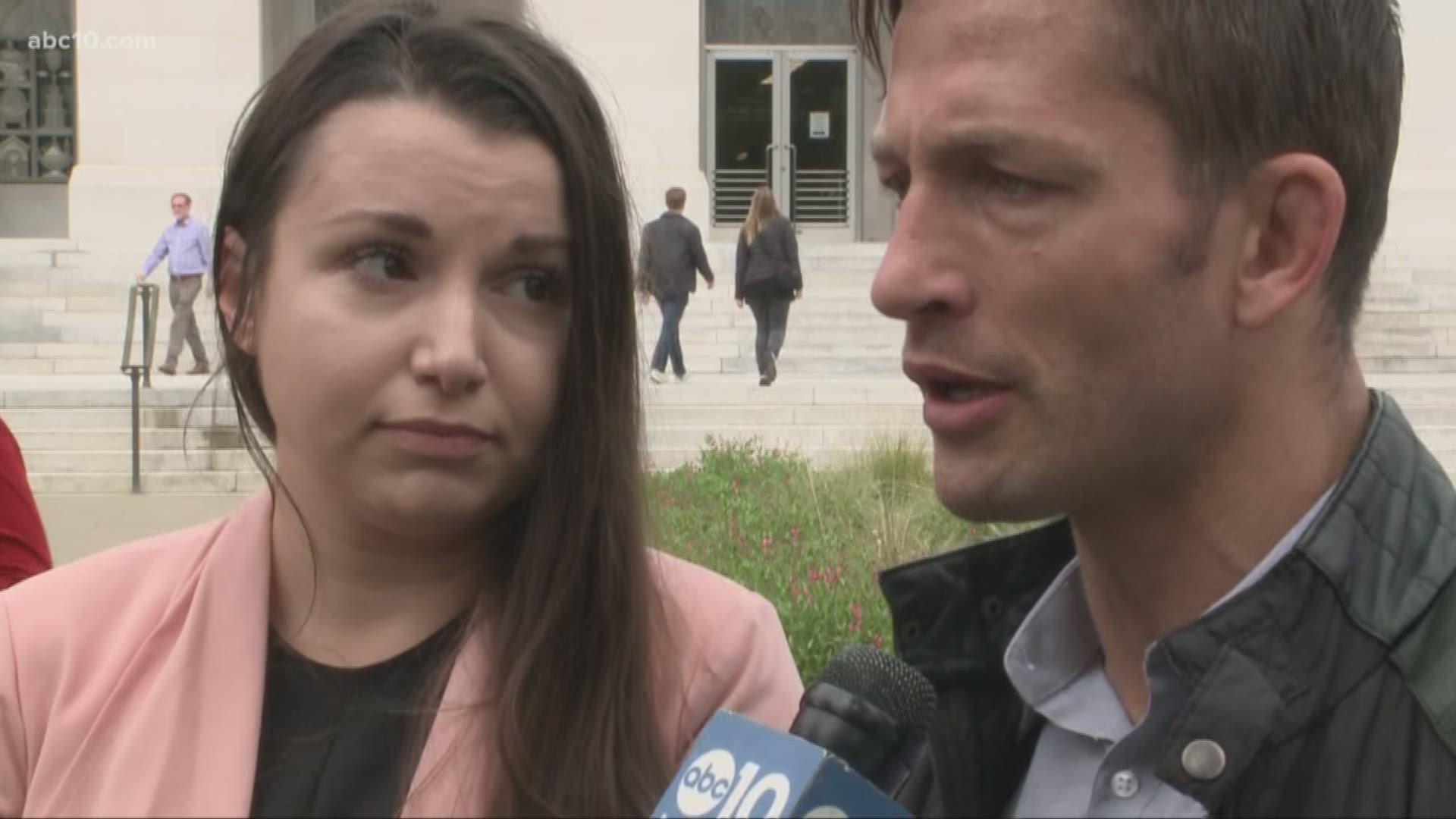SACRAMENTO, Calif — Over 10,000 people die annually from drunken driving accidents nationally. California has over 1,000 deaths annually from drunken driving accidents.
Assemblymember Autumn Burke (D-Marina Del Rey) introduced a bill Feb. 22 that would cut the maximum allowed Blood Alcohol Concentration (BAC), the amount of alcohol in a person's blood, for driving, from 0.08 percent to 0.05 percent. Assembly Bill 1713 would help reduce the 1,000 DUI deaths in California each year, state lawmakers say.
But will lowering the legal amount of alcohol in a person's blood by 0.03 percent really make a difference in reducing drunken driving numbers? Researchers think so.
The National Academies of Sciences, Engineering and Medicine released a report that calls for Lowering the BAC level and other initiatives to work toward decreasing the number of fatalities related to drunken driving. The study titled, "Getting To Zero Alcohol-Impaired Driving Fatalities," calls for all states to lower their BAC limit to 0.05 percent.
One of the researchers who compiled this report, David Jernigan, said he found that around 1,500 lives annually could be saved should the legal BAC limit be reduced.
"For planes, there is a zero tolerance for death, but for cars, we are willing to live with 10,000 deaths," Jernigan said. "It's not just the risk you pose for yourself; its the risk you pose for other people when you drink and drive."
Jernigan said that they found that impairment of people when drinking alcohol begins when they reach 0.04 percent BAC and that 0.05 percent BAC level is more accurate of a level for when people really begin to pose a risk when driving.
The report said that the signs of impairment and how it affects driving at 0.05 percent are:
- Reduced coordination
- Reduced ability to track moving objects
- Difficulty steering
- Reduced response to emergency driving situations
Jernigan said that reducing the BAC limit is not the only thing that can be done to reduce fatalities related to drunken driving.
"This is a step forward we can take to save lives," Jernigan said. "We can do better."
The report also suggests that the U.S. take the following steps to reduce drunken driving:
- Increasing alcohol taxes
- Reducing the sale and availability of alcohol
- Changing how alcohol is advertised and marketed
- Showing a greater presence of enforcement through sobriety checkpoints
- Mandating that all who are convicted of driving while impaired have ignition interlocks installed
- Altering how DWI cases are treated in the court system
- Promoting treatment for those who abuse substances
- Providing Alternative Transportation
- Creating noninvasive, in-vehicle technology that prevents drivers from driving when their BAC is too high
Jernigan said that they know the list is long but just starting with reducing BAC limits can help a lot.
In lowering the BAC limit, people would only be able to drink around 1 to 2 drinks before being considered impaired. Currently, some people may be able to get away with drinking between three and four before hitting the 0.08 percent BAC level.


There are many variables that can affect how much a person can drink and what BAC level they will have. A few of those factors include:
- Gender
- Weight
- Ability to metabolize alcohol
- Amount of time
- Food consumed or lack thereof
- Amount of alcohol in the drink
Some may argue that why don't they increase the punishment given to those that drive drunk. Jernigan said that increasing the punishment typically does not help.
He said the best way to deter people from driving under the influence is to keep the punishment swift, certain and severe.
The full report can be read here:
RELATED:
- Father whose baby was killed by DUI driver wants to alcohol limit lowered from .08 to .05
- Lathrop High School shows ‘deadly’ DUI scenario to students
- The new drunk driving bill would make California one of the strictest in the nation
- Uber driver: Video shows alleged drunk passenger grabbing steering wheel to crash vehicle
- Mother putting kids in the car struck by a suspected drunk driver
________________________________________________________________
ONE MORE FROM ABC10: CHP's 'I-80 Challenge' aims to crack down on distracted driving
CHP is partnering with Nevada Highway Patrol to participate in an "I-80 Challenge" to reduce distracted and reckless driving. It will go on for a week, to work alongside CHP's annual Labor Day Maximum Enforcement Period.

